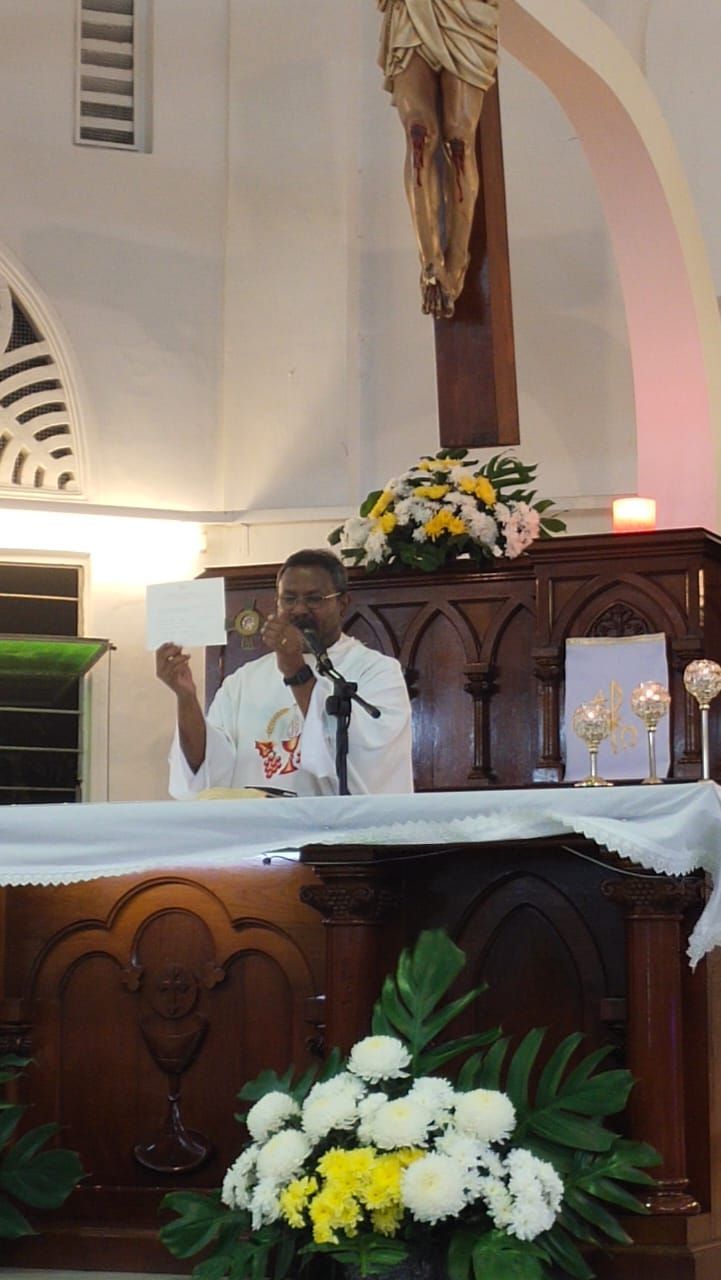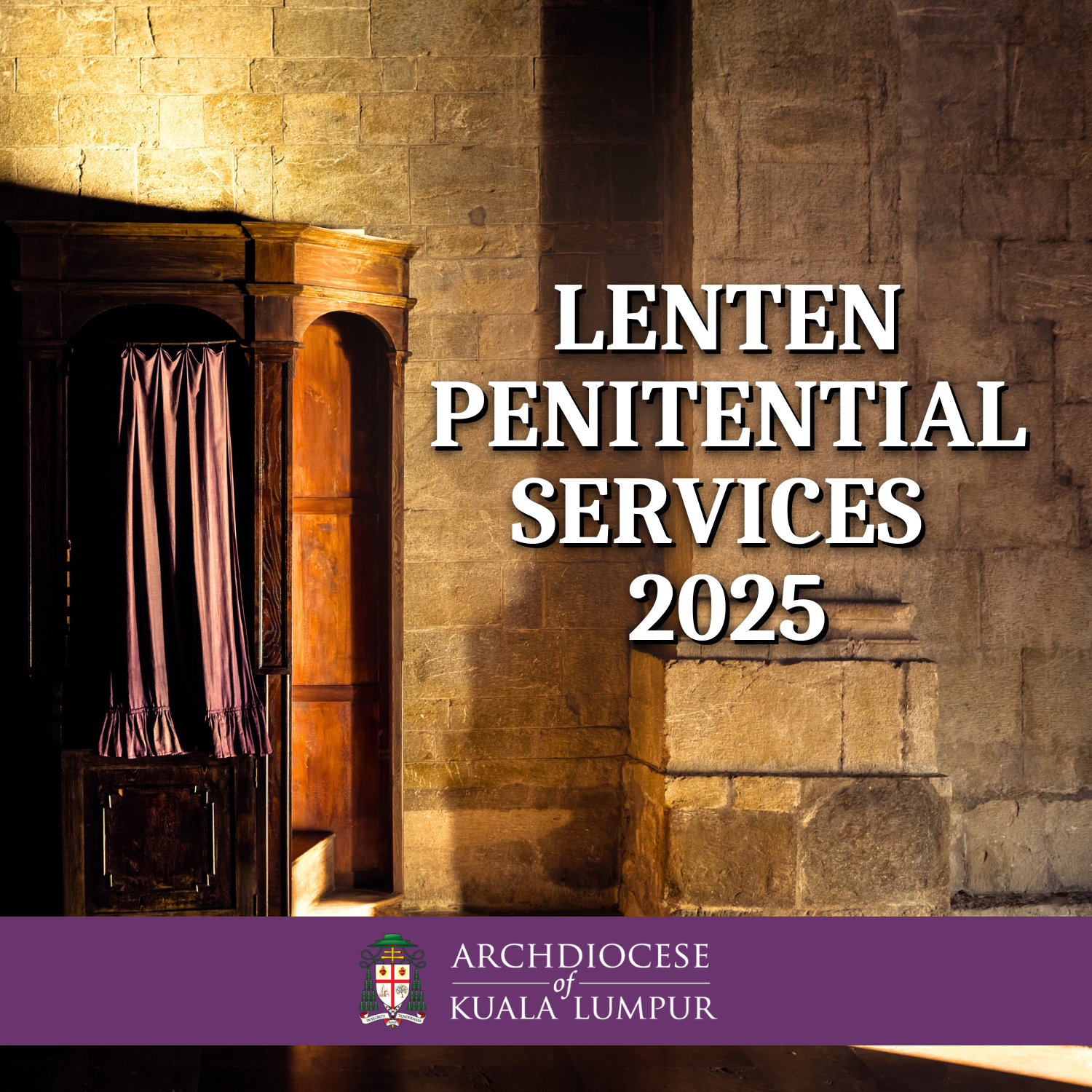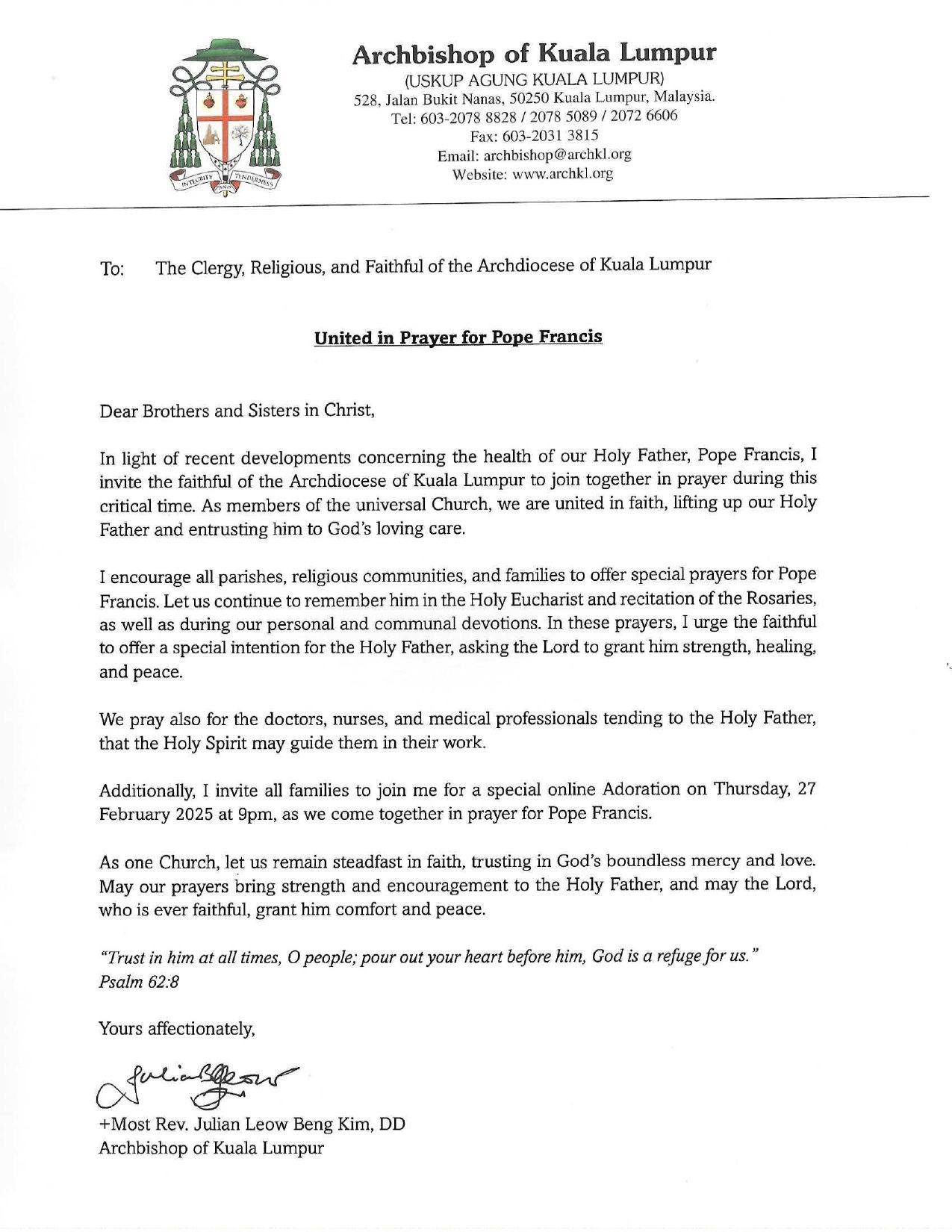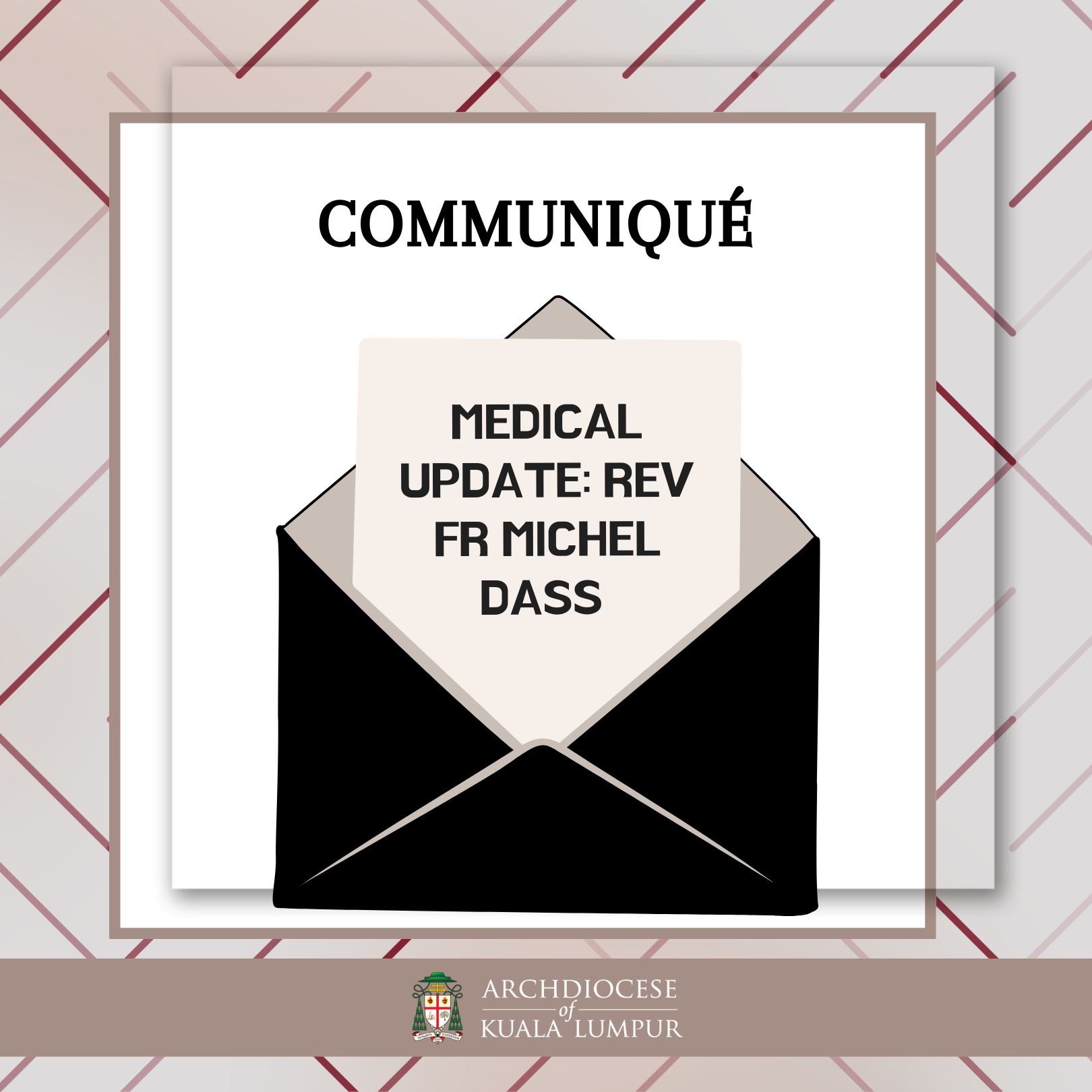Address
Cardijn House, 528 Jalan Bukit Nanas, 50250 Kuala Lumpur
Get in touch
+603 2078 8828
info@archkl.org
Touching Holiness: Sacred Relics and the Christian faith

St Aloysius Church in Mantin, Negeri Sembilan recently acquired a relic of its patron St Aloysius Gonzaga who died 432 years ago. Fr. Christopher, the parish priest, unveiled the relic during the All Saints’ Day Mass at the parish and placed it in a special place for faithful to venerate. In 2015, the Church of Our Lady of Lourdes, Klang obtained a relic of one of the youngest saints of the Catholic Church - Italian teenage martyr Maria Goretti, and it is embedded in the main altar. In the mid-2000s, the Church of Divine Mercy (Shah Alam) obtained the relics of St Faustina and St John Paul II. In the Church of St Francis of Assisi, Cheras one can find the relics of St. Francis of Assisi, Blessed Angelo, St. Rita of Cascia, St Pio of Pietrelcina, St John Paul II, and St Theresa of Calcutta.
What does “relic” mean?
A relic, which comes from the Latin word reliquiae (remains), is a piece of the body of a saint, an item owned or used by the saint, or an object that has been touched to the tomb or possessions of a saint. Historically, in the wake of altars being built on the burial grounds of martyrs and other saints, the placing of the relic beneath an altar became an ancient practice as a mark of respect to the saint.
What Sacred Scripture says about relics?
Acts of the Apostles 19:11-12 "So extraordinary were the mighty deeds God accomplished at the hands of Paul that when face cloths or aprons that touched his skin were applied to the sick, their diseases left them, and the evil spirits came out of them." The signs and wonders worked by the Apostles were so great that people lined the streets with the sick so that when Peter walked by at least his shadow might ‘touch’ them (Acts 5:12-15).
We learn in 2 Kings 13:20-21 that some individuals hastily buried a deceased man in Elisha's tomb. To their astonishment, when the deceased man's body contact with Elisha’s bones, he was miraculously restored to life and rose to his feet. In another passage 2:9-14 the prophet Elisha took up Elijah's mantle after Elijah ascended to heaven in a whirlwind. Elisha then used the mantle to strike the waters of the Jordan River, causing them to part and allowing him to cross.
God is always the source… the relic, an instrument
In the above passages, reverence was given to the actual body or clothing of these holy people who were God's chosen instruments — Sts. Peter and Paul, Elijah, and Elisha. In these instances, God orchestrated a miracle or healing using material objects. The act of touching these objects brought divine healing. It's crucial to emphasise that the ultimate source of these healings and miracles is God Himself; the relics are simply a channel through which He chooses to work. In essence, relics should not be mistaken for possessing inherent magical powers independent of God's divine intervention. Fr. Carlos Martins, in the article About Relics, says, “Scripture teaches that God acts through relics, especially in terms of healing.”
Through the presence of the relics amongst us in the churches we are invited to touch holiness through the saint whose life God had touched. May their prayers lead us to deeper holiness and faith.
OFFICE HOURS
Monday - Friday
8:30am - 5:00pm
CONTACT
Cardijn House, 528 Jalan Bukit Nanas, 50250 Kuala Lumpur.
info@archkl.org
+603 2078 8828

Privacy | Terms of Use
Copyright©1955-2023 | Metropolitan Archdiocese of Kuala Lumpur | All Rights Reserved










